
All about Bicycles and 6 amazing facts about them
Table of Contents
Bicycles are simple and versatile transportation devices. They have two wheels, a seat, pedals, and a handlebar. People use bicycles to travel, exercise, and explore their surroundings.
Bicycles are a popular and eco-friendly way to get around, and they come in various shapes and sizes to suit different needs.
From riding to school or work to going on leisurely rides in the park, bicycles have been a part of people’s lives for a long time, offering a convenient and healthy way to move from one place to another.
The bike’s history
Bicycles have been around for more than 200 years. Here’s how the Laufmaschine, made of wood, turned into the brightly coloured carbon numbers we know today.
- In the late 1800s, the pneumatic tyre, the chain drive, and the invention of gears changed how people rode bikes.
- There has been a great deal of change in the past 15 years, a kind of revolution in how new building frame materials have been made and used.
- Long ago, frames were made of wood or cast iron. Today, bikes are made from unusual materials like carbon fibre, titanium, and aluminium. In the 1990s, bike frames were stronger and lighter than ever before.
- Karl von Drais, a German, is thought to have made the first bicycle. In 1817, he put his machine, called the “swift walker,” on the road.
This old bike had no pedals and a wooden beam for a frame. The contraption featured two wooden wheels with metal spokes and leather tyres.
As the name suggests, when going downhill, The rider lifted his feet off the ground and walked on the bike’s top.
-Karl von Drais made the first significant change in 1817; this early invention has been called the “velocipede,” “hobby-horse,” “draisine,” and “running the machine.”
Because of this, Drais is often called “the inventor of the bicycle” ” but Bicycles as we know them today are not the original design. Because of the work of several people in the 1800s.
Even though Drais’s velocipede was popular for a short time before it went out of style, poet John Keats called it the “nothing of the day”—improvements were made to it all over Europe.
Starting in the 1860s, French inventors Pierre Lallement, Pierre Michaux, and Ernest Michaux made prototypes of bikes with pedals attached to the front wheel. These were the first machines that people called “bicycles,” but they were also called “boneshakers” because they were so rough to ride.
- Two men ride old bikes called the “Hobby Horse” and the “Boneshaker.” Karl Von Drais made the Hobby Horse in 1818.
- It was moved by kicking it against the street. The “boneshaker” was created when cranks and pedals were added in 1863.
- In later years, people like Eugène Meyer and James Starley made new models with a bigger front wheel to make them more stable.
- In the 1870s and 1880s, these strange-looking bikes were all the rage. They were called “penny-farthings” or “ordinaries,” and they helped start the first clubs and races using bicycles. Thomas Stevens, an Englishman, started his famous trip worldwide on a high-wheeler bicycle in 1884.
Even though penny-farthing helped make cycling popular, most people couldn’t ride it because the seat was four feet high.
In 1885, an Englishman named John Kemp Starley, the nephew of James Starley finished making “safety bicycles” with equal-sized wheels and a chain drive. Soon after, new brakes and tyres were made, setting the basic design for modern Bicycles.
Since John Kemp Starley (1854–1901) made this Rover safety bicycle, which was the first modern vehicle, the design of a modern bicycle has changed very little.
The name came from the fact that it was much lower and more stable than a regular bicycle. (Credit: John Kemp Starley designed this Rover safety bicycle, the first modern vehicle. The design of a modern bicycle has mostly stayed the same since then.
Bicycles became very popular.
Moreover, by the 1890s, the bike had become a popular mode of transportation across Europe and the United States.
An 1896 article in the New York Times said, “The bicycle offers a wonderful opportunity to grow in autonomy and independence.” almost as good as wings.
A rundown of the top-tier manufacturers of Bicycles:
There are Specialized, Cannondale, Santa Cruz, Scott, Giant, Rad, Power, Marin, Giant bikes, and so on.
When deciding what kind of bike is best, think about the following:
You ride with whom ….
You enjoyed or dreamed in the past of what kind of bike?
What did you not like that you used to have?
Where do you want to take your new bike for a ride?
If you want to ride with a group of friends, buy a bike that looks like the one they ride.
If you are on a mountain bike or cruiser, you won’t be able to keep up with road bikes.
And you can’t ride a road bike on dirt or sand.
If you liked a three-speed bike as a kid, you might like this one too. If you didn’t like the road bike, you bought a few years ago.
You might like a mountain bike more.
Types of Bicycles:
- Road Bikes
Road bikes are made to go fast on smooth pavement. They can be used for racing on the road because they have smooth, skinny tyres and “drop” handlebars. Most of the time, they are lighter than other types of bikes.
They can be ridden on trails that have been paved, but most people find them uncomfortable and unstable on trails that have yet to be paved. Most road bikes can only carry a little weight, so they could be better for commuting or touring.
- Bikes for cyclocross
Cyclocross bikes are a type of road bike made to be raced on a course with different types of terrain (a combination of pavement, unpaved trails, gravel, and grass).
They have a drop handlebar like regular road bikes, but the tyres are a little bit wider for better traction off-road, and the brakes are different, which helps keep mud from getting stuck in the frame. Some call cyclocross bikes “cross bikes” or “cx bikes” for short.
- Bikes for triathlons or time trials
Triathlon/Time Trial Bicycles are road bikes made in a special way to make them as aerodynamic as possible.
The handlebars are also made in a way that makes them more aerodynamic. This lets you lean forward while riding to reduce the amount of wind resistance against your body. Triathlon and time trial races usually have staggered starts, which means that each racer starts on his or her own. In mass-start races, these bikes are usually not allowed.
- Touring Bicycles
Touring Bicycles are another type of road bike that is unique. They are made to be ridden on pavement, but they are more durable for long-distance riding without help. They have all the bolts you need to attach cargo racks and fenders.
Even though they still have a drop handlebar, the frame is usually more relaxed, so the rider can sit more upright and be more comfortable when riding long distances for several days. Compared to regular road bikes, they have fewer gears so that they can carry heavy loads up steep hills.
They also make good Bicycles for commuting because they last a long time and can carry a lot.
- Adventure Road Bikes
Adventure road Bicycles are one of the newest types of bikes. They are the most versatile type of road bike. They are sometimes called all-road bikes, any-road bikes, or gravel bikes. They have drop handlebars and can use wider tyres like cyclocross bikes.
Unlike a cyclocross bike, however, these bikes have longer and more upright frames. This makes them better for long days in the saddle, light touring, and commuting.
- Fitness Bikes
Fitness With a flat or upright handlebar, bikes have most of the benefits of regular road bikes, like light frames and narrow tyres that work well on pavement.
These bikes are made for people who want a light, high-performance bike but prefer to avoid riding a regular road bike with its drop-handlebar position. Some call these bikes “flat-bar road bikes” or “performance hybrid bikes.”
Most of them can take a little bit wider tyres, so they can be used on trails that aren’t paved. Most of the time, you can add a cargo rack and fenders to them, which makes them good commuter bikes.
- Fixed-Gear/Track Bikes
Track/Fixed-Gear Bicycles and fixies are made to be ridden on a velodrome, an oval track with a bank on one side that is used only for bike racing. On the other hand, some commuters like track bikes because they are simple and easy to keep up with.
They only have one gear, so you can’t coast and must keep pedalling if you want the bike to move. Some riders choose not to have brakes because the fixed-gear mechanism can also be used as a restraint.
Though drop handlebars are standard on track bikes, some cyclists prefer to use flat or upright handlebars.
Mountain bikes are made for rough trails off the road. These bicycles have upright or flat handlebars and a minimal number of gears for going up steep trails. Most mountain bikes have some kind of suspension or shock absorber.
Mountain bikes with suspension only in the front are called “hardtails.” Bikes with suspension in both the front and back are called “full-suspension bikes” or “duallies.” Rigid mountain bikes don’t have any suspension.
Mountain bikes can be set up to be used for touring or commuting, but they will be less light and efficient than regular touring or commuting bikes. Fat bikes, which have very wide tyres, are a type of mountain bike.
- Hybrid Bicycles
At first, hybrid bikes were made to combine road and mountain bikes’ best parts. Large, padded seats and upright handlebars make them comfortable to ride.
They are best for riding around the neighbourhood or on bike paths, commuting short distances, and running errands in town.
You can ride them on paved roads, but road bikes are lighter and faster.
They are perfect for bike trails that are paved or unpaved but not for rough off-road mountain bike trails.
Most tyres are medium-width and have a semi-smooth tread, which makes for a smooth ride on paved roads and enough grip and cushioning on unpaved paths.
Some hybrid bikes are completely rigid, but the vast majority have front suspensions to absorb bumps’ impact.
Cross bikes were another name for hybrid bikes in the past, but that name is now used to avoid confusion with cyclocross bikes.
- Dual-Sport Bikes
Dual-sport bicycles are a subset of hybrid bikes made for riders who need the adaptability of a hybrid bike but prefer a more imposing design and riding position.
They have a flat or upright handlebar but are more upright than a regular hybrid bike. Their seats are usually smaller and more focused on performance than comfort.
Most have a suspension at the front.
Dual-sport bikes are good for commuting and for touring on trails that are not paved.
- Cruiser Bikes
Cruiser bikes are like hybrid bikes in that they are made for leisurely rides because of their large seats and relaxed riding posture.
Unlike hybrid bikes, cruisers usually have wide “balloon” tyres and handlebars that are even more upright and, in some cases, swept back.
Most cruiser bikes have one or three gears and an old-fashioned coaster brake (where you pedal backwards to stop). You can use them to commute short distances and run errands if your route is mostly flat.
Some cruiser bike companies make a wide range of colourful models so that any bike fan can find one that fits their style.
- Flat-Foot Comfort Bikes
Flat-Foot Comfort Bicycles are a type of cruiser bike. Their frames are longer, which moves the pedals a few inches closer to the seat.
This lets you ride with the seat low enough to put your feet flat on the ground when you stop but high enough that your legs can reach full length when you pedal.
All of the bikes made by Electra Bicycle Company have flat-foot technology. Other companies have also made flat-foot bikes.
- City Bicycles
However, no single type of bicycle is meant to be referred to as a “city bike.” of the bike. Instead, it’s more of a general term that describes a wide range of bikes.
A few alternate names for these Bicycles are “commuter” and “urban.” but many of the bikes on this page work well for riding and commuting in a city.
But when some people say “city bike,” they usually think of a certain kind of bike.
This bike has features of both a hybrid bike and a cruiser bike, like the upright riding position of a cruiser and the larger wheels of a hybrid bike.
A city bike may also have some or all of the following features that make it easier to ride in everyday clothes instead of cycling clothes:
- Chain guard by Fenders
A guard on the back wheel.
For added convenience, the rear hub of a city bike could be internally geared. To make it easy to use and maintain, as well as a built-in generator and lights for safety when riding at night.
People sometimes call these bikes “Dutch bikes” because they look like the bikes people ride daily in Amsterdam and other bike-friendly European cities.
BMX Bikes
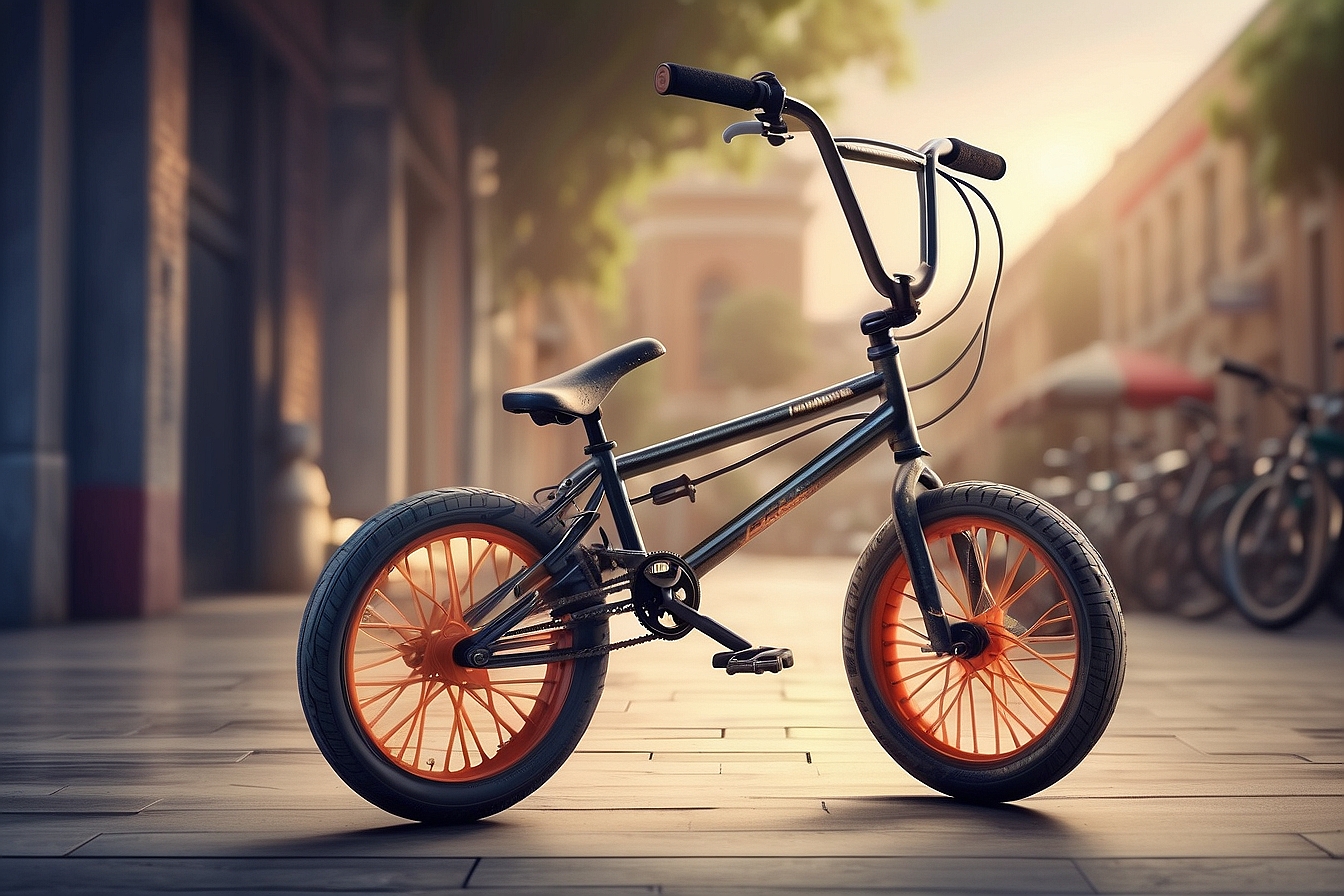
BMX bikes are popular with kids because they are small, but kids and adults use them to do tricks and stunts differently.
- Folding Bikes
Folding bikes are great for people who need to take their bike with them when they travel, for people who don’t have much storage space at home, or who travel frequently and want to bring a bike along on their travels, or for space to store their bike.
They’re also suitable for people who need a secure place to keep their bike at work or have to take it on a bus or train as part of their commute.
Smaller wheel sizes are typical of folding bikes. Than regular bikes, which makes them less efficient and harder to ride than regular bikes.
However, most people who like folding bikes think The benefits outweigh any potential drawbacks.
- Recumbent Bikes
They are long and low, with big seats and backrests. Recumbents can have either two wheels or three wheels. Many people who ride recumbent bikes think they are the most comfortable way to ride a bike.
On the other hand, they are harder to pedal up hills. It can be hard to travel from one location to another.
Tandem bikes are “bicycles built for two.” Some tandem Bicycles are designed for leisurely rides on paved paths or boardwalks, while others are built for extreme terrains, such as mountain biking or road racing.
- Adult-Sized Tricycles
Adult tricycles are an excellent option for seniors who want to maintain their independence and get around without depending on others or for those who struggle with balance or have other mobility issues. They are also widely used in environmentally considerate factories and storage facilities.
Things that go into frames
By the late 1800s, when the modern “safety” bicycle was made, most frames were made of metal pipes instead of wood or iron.
Steel bikes were powerful, but they were also very heavy. Bikes from that period often weighed more than 80 pounds (36.28 kg.).
In 1957, a classic “cruiser” safety bike was made. The bike has a steel frame and weighs almost 50 pounds (22.68 kg).
Steel frames are still used, but the tubing has much thinner walls and weighs much less than in the past.
Modern Bicycle frame makers make specialised bikes from a wide range of materials. Steel, aluminium, titanium, and even carbon fibre are used.
They use different materials based on the type of bike, the rider’s preferences, and the price.
What makes each material different?
Materials for Frames:
- Steel
Steel was made a long time ago. It is probably the most studied, known, and used material in almost every industry. It can be changed the most.
Steel is also often the least expensive material.
Steel has excellent ultimate strength, but its yield strength is much less.
This is good because a steel frame will bend long before breaking.
This makes it less likely that a car will crash the wrong way.
The steel used to make bikes has a good amount of giving.
Due to this mix of qualities, steel has been a favourite of frame builders for a long time.
Steel’s only flaw is that it is pretty heavy.
Two kinds of tubes
A piece of steel tubing with thin walls next to a piece of aluminium tubing with thicker walls. Even though the aluminium tube has a thick wall, it is lighter.
Aluminium is an excellent thing to work with. You can’t let it bend because the more it bends, the faster it wears out. Aluminium has recently become a popular frame material because it is so light. It is easy to break because it could be stronger.
This makes riding an aluminium bike dangerous in many ways. Because of this, many aluminium frames on the market today have tubes with very large diameters. That’s to stop the cycle from bending as you ride it.
So frame makers have made aluminium bikes with very large tubes and thick welds to make the frame less likely to break.
- Titanium
Titanium seems to be the material of choice. It is very strong for how light it is. It doesn’t need to be painted, and it stays looking good for a long time.
It doesn’t hurt as much when it runs into other things.
It tends to go back to its original shape. The cost is a different story.
Titanium tubing can be 15 times more expensive than steel tubing.
Design of Bicycles
The diamond or double triangle is the most common shape for a frame. Since the safety bicycle emerged in the 1880s, this style has mostly stayed the same.
It is a great way to use materials, a great way to brace angles, and a great way to make something strong.
The triangles that make up the diamond shape give the design its strength.
Structurally, it’s pretty impressive. When engineers work on structures, they tend to use triangles again and again.
Since the bike is mostly made up of three triangles, it is a pretty strong structure.
Most bikes made today are based on the diamond design, but some frame builders are trying new ways to change this classic design.
Some carbon-fibre frames, for instance, are made with oval tubing, which makes the bike more aerodynamic.
For new full-suspension bikes, the diamond shape has been changed so that a big shock can be put on the seat stem.
But most changes to the design are small and make the car work better on different terrain or for different uses.
Essential Safety Tips for Cyclists of All Ages:
Cycling is a fantastic way to stay healthy, explore your surroundings, and enjoy the outdoors. However, ensuring your safety is paramount. Here are some essential tips for cyclists of all ages:
Before you ride:
- Inspect your bike regularly: Check brakes, tires, lights (if riding at night), and other components for proper function and wear.
- Wear a properly fitted helmet: This is non-negotiable! Choose a helmet that meets safety standards and fits snugly.
- Dress for visibility: Wear bright or reflective clothing, especially during low-light conditions.
- Plan your route: Choose routes with dedicated bike lanes or low traffic volumes. Be aware of potential hazards like potholes, uneven surfaces, and dooring zones.
- Carry essentials: Pack a spare tube, tire pump, and multi-tool for minor repairs.
While riding:
- Follow the rules of the road: Obey traffic laws and signals just like motorists. Use hand signals to indicate turns and stops.
- Ride predictably: Stay in your lane, maintain a safe distance from parked cars, and avoid weaving in and out of traffic.
- Be aware of your surroundings: Scan ahead for potential hazards like turning vehicles, pedestrians, and road debris.
- Communicate your intentions: Make eye contact with drivers and pedestrians when possible, and use your bell to signal your presence.
- Adjust your speed and riding style to the conditions: Slow down in bad weather, at intersections, and when approaching turns.
- Ride defensively: Assume other road users may not see you and be prepared to react quickly to unexpected situations.
Additional tips for specific groups:
- Children: Ensure children wear helmets and use bikes appropriate for their size and abilities. Adults should supervise young children while riding.
- Older adults: Choose a comfortable bike with easy-to-use features like step-through frames. Pay extra attention to road conditions and traffic patterns.
- Group riding: Ride single file, communicate clearly, and maintain a safe distance between riders.
Remember:
- Safety is your top priority. Don’t be afraid to yield to traffic or dismount when necessary.
- Be courteous and share the road with others.
- Have fun and enjoy the ride!
Amazing Facts: Unveiling More Fascinating Bicycle Trivia!
While the existing article offers some interesting tidbits, let’s dive deeper with unique and lesser-known bicycle trivia to truly captivate your readers:
History & Invention:
- The First “Bicycle Race” Wasn’t What You Think: In 1869, the world’s first “bicycle race” saw participants compete over a grueling 2,700-kilometer (1,700-mile) course from Paris to Brest and back!
- Da Vinci’s Bicycle Sketch Was Likely Fictional: While often attributed to him, the “bicycle” sketch found in Leonardo da Vinci’s notebooks lacks key components like pedals and a drivetrain, suggesting it might have been a theoretical concept rather than a working design.
- Bikes Played a Pivotal Role in Women’s Rights: The widespread adoption of bicycles in the late 19th century offered women newfound freedom and mobility, challenging societal norms and contributing to the fight for suffrage.
Culture & Popularity:
- The World’s Largest Bicycle Parade: Every year, over 200,000 cyclists gather in Bogotá, Colombia, for the “Ciclovía,” creating a vibrant spectacle and promoting sustainable transportation.
- The Most Expensive Bike Ever Sold: A custom-made, diamond-encrusted Trek Butterfly bike holds the record, valued at over $500,000!
- Bikes in Space? Believe it or not, astronauts use specially designed stationary bikes for exercise while in orbit, combating the effects of microgravity on their bodies.
Science & Technology:
- The Power of Pedaling: A single cyclist can generate enough power to light a lightbulb!
- Bicycle Tires are Engineered Wonders: Modern bike tires contain a complex weave of fibers and rubber compounds, balancing strength, weight, and puncture resistance to provide a smooth ride.
- The “Flying Dutchman” of Bicycles: The “HPV Bahnbus” is a human-powered vehicle that holds the world record for land speed, exceeding 80 mph!
Bonus Fact: The world’s longest continuous bike path stretches over 3,000 kilometers (1,864 miles) and follows the EuroVelo 1 route, offering adventure cyclists a scenic journey across Europe.
Bicycles: FAQ
1. What’s the difference between a bicycle and a bike?
While both terms are commonly used, “bicycle” typically refers to the entire vehicle, whereas “bike” can be considered a shortened, informal version. In this article, we use both interchangeably for ease of reading.
2. Are there any other interesting facts about bicycles you didn’t mention?
Absolutely! The world of bicycles is full of fascinating stories and trivia. This article highlights just a few, but exploring online resources, museums, or even cycling communities can uncover countless other interesting facts and historical tidbits.
3. Can I learn how to fix my own bike?
Yes! Numerous online tutorials, repair manuals, and even local bike shops offer resources and guidance on basic bike maintenance and repairs. With some practice and the right tools, you can learn to keep your bike running smoothly.
4. Where can I find safe and enjoyable cycling routes?
Many websites and apps list cycling routes based on difficulty, terrain, and location. Local cycling clubs or organizations can also offer recommendations and information about group rides and events.
5. How can I get involved in the cycling community?
Joining a local cycling club, participating in group rides, or even volunteering at cycling events are great ways to connect with other enthusiasts, learn more about the sport, and enjoy the social aspect of cycling.
Bicycles: Conclusion
Whether you’re a seasoned cyclist or just starting your journey on two wheels, the bicycle holds a unique place in history, culture, and personal experience. From its humble beginnings to its diverse applications today, bicycles continue to inspire innovation, promote healthy living, and offer a sense of freedom and adventure. By delving into its history, understanding its mechanics, and embracing its safety principles, you can unlock the full potential of cycling and make it a fulfilling part of your life. So, get out there, explore, and keep pedalling!
Why not subscribe to our LearningMole Library for as little as £1.99 per month to access over 1000 fun educational videos.
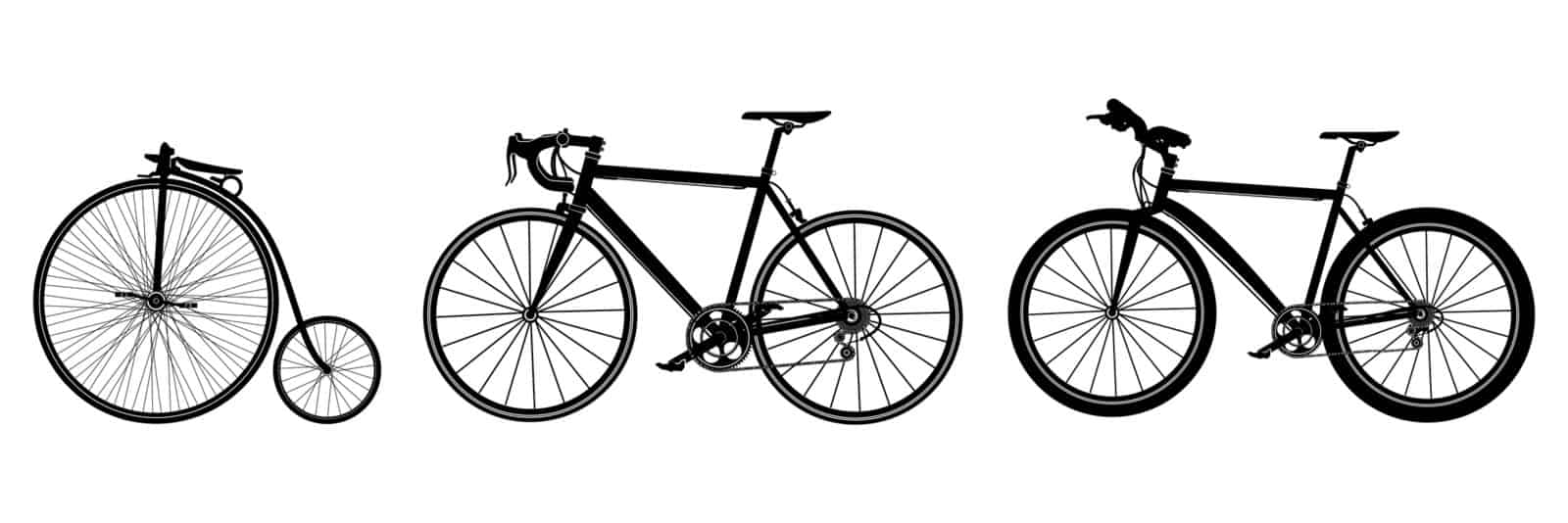
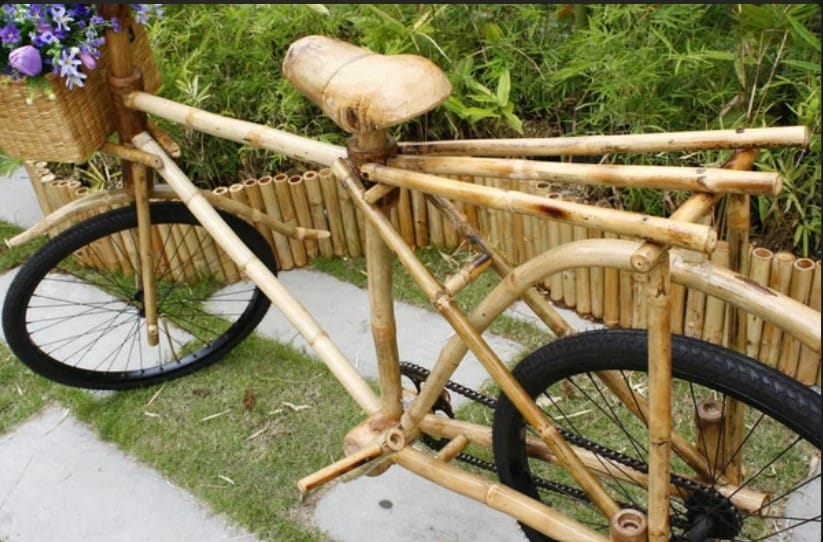

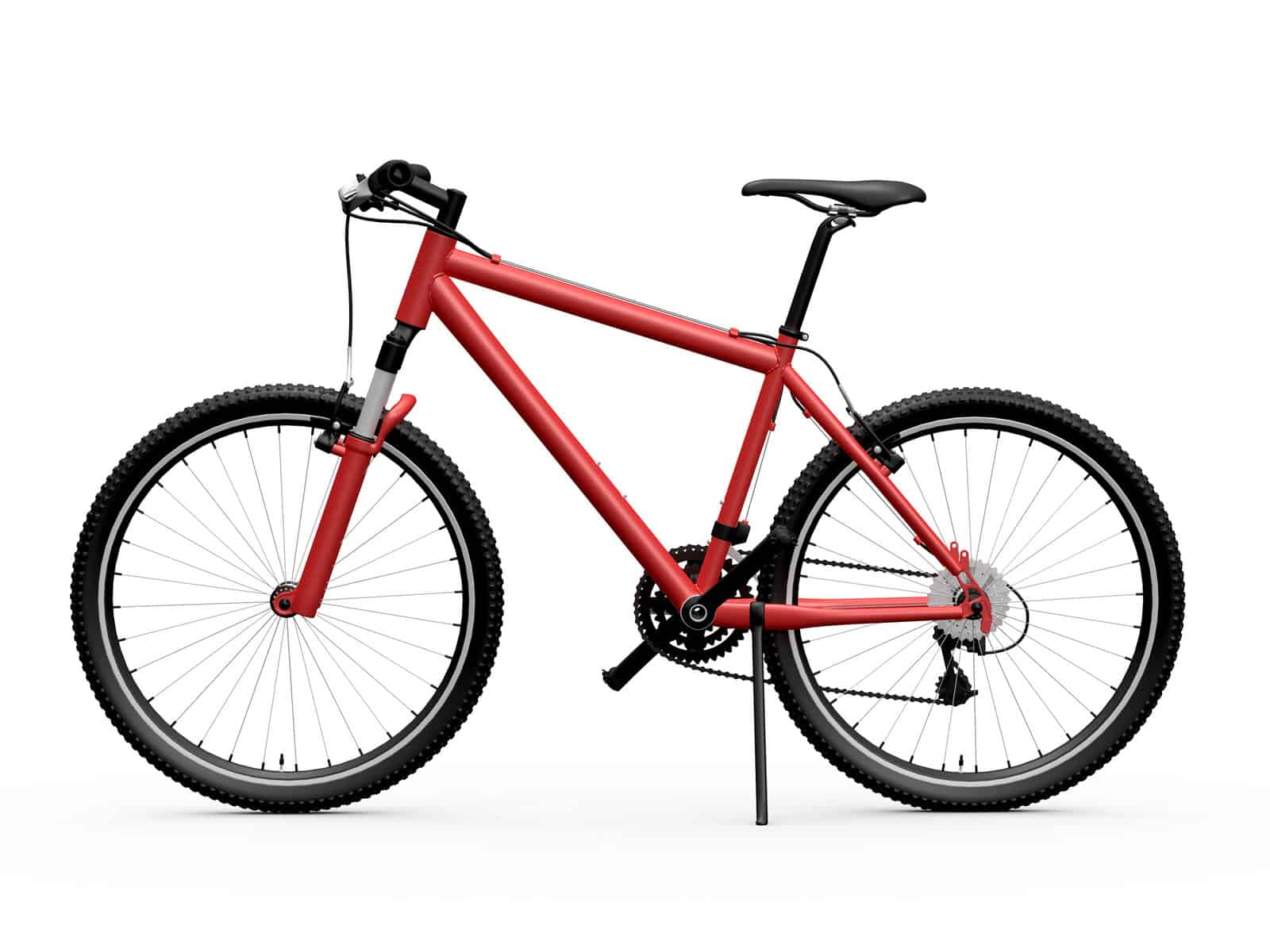
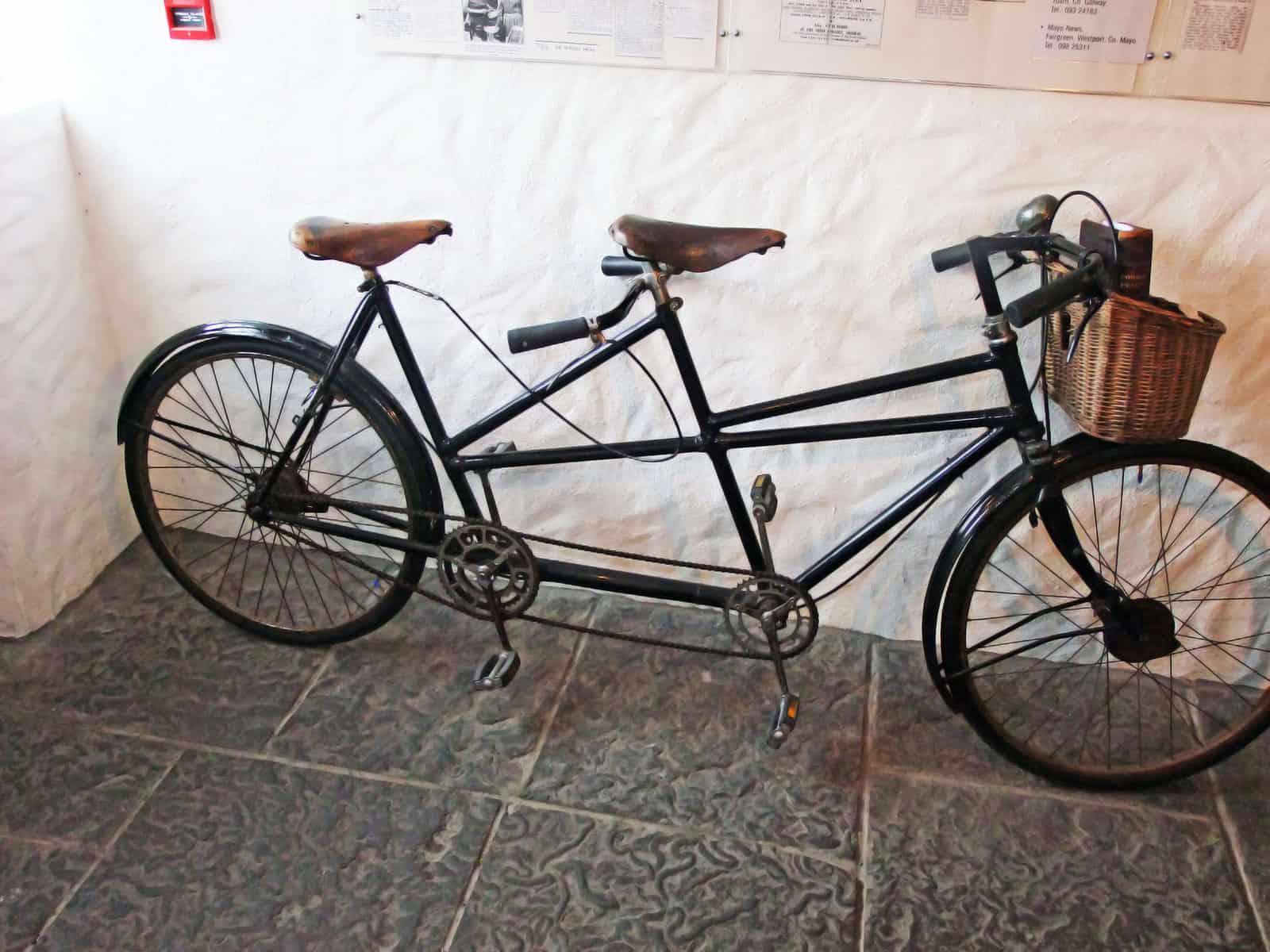


Leave a Reply